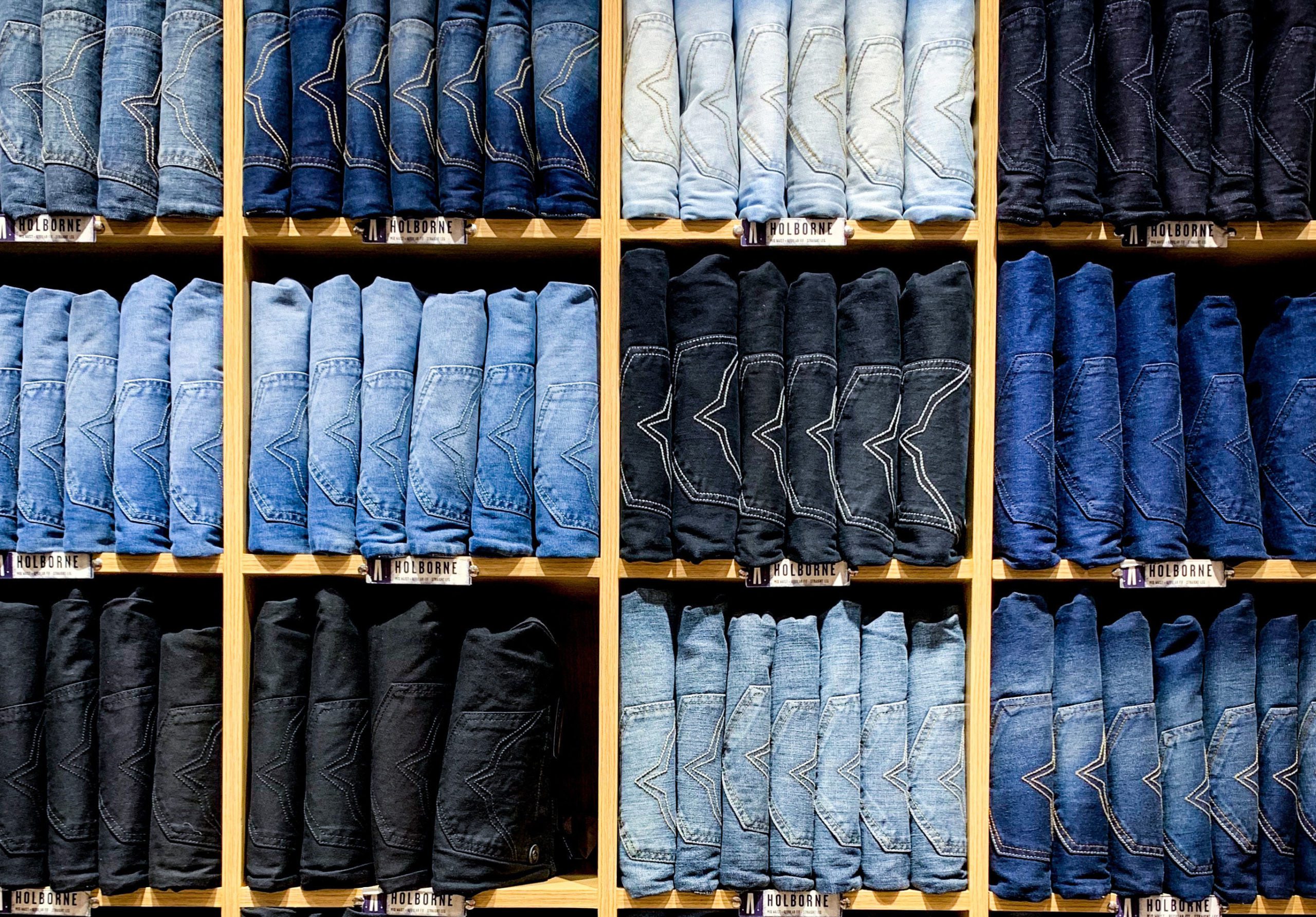Ingredients for Success: Lessons in Building Industry-Wide Coalitions for Change
 By Corinna Kester & Dana Ledyard
By Corinna Kester & Dana Ledyard
(Haas MBAs ’12)
The apparel industry has been under the corporate responsibility microscope for over a decade, starting with public upsets over factory labor conditions in the 1990s. After all, supply chains are messy; the apparel production process is extremely complicated, with components of each garment often passing through up to dozens of different facilities. This complicates the implementation of sustainability practices, as each production facility works with multiple buyers and therefore faces numerous different, and often conflicting, requests. To collectively enhance social and environmental performance – in a way that can ultimately be concisely communicated to consumers – all of these buyers must align.
This is one of the goals of the Sustainable Apparel Coalition (SAC), a multi-stakeholder initiative and nonprofit organization with membership totaling over 1/3 of the global apparel market (including high profile players like Walmart, Patagonia, Nike, and Levi’s). As second years in the Berkeley-Haas full-time MBA program, we spent 6 months studying the SAC’s unique approach to collaboration. We researched how this ground-breaking organization developed a consensus set of apparel sustainability metrics (called the Higg Index) in only two years. With the Higg Index, apparel companies can align their environmental and social programs in a way that was previously unachievable; this level of consistency sends a clear sustainability message throughout the supply chain, enabling system-wide transformation.
Ready to design your own industry-wide coalition for impact? Here are a few of the SAC’s keys to success, as outlined in our case study:
1) Develop a culture where collaboration can thrive.
Interviewing 17 SAC members revealed one of the group’s most unique assets: its culture of trust, openness, and commitment. This was developed deliberately, through thoughtful and skilled facilitation (by Blu Skye Sustainability Consultants), an emphasis on a shared vision and goals, and careful selection of initial participants who would not only collaborate well, but also seek to push the envelope and strive for high sustainability standards.
2) Ensure all relevant stakeholders are in the room.
SAC’s diverse group of participants includes suppliers, brands, retailers, nonprofit organizations, academics, and government agencies. All stakeholders bring unique capabilities and perspectives and have an equal and respected voice in the proceedings, which helps ensure that the Apparel Index works in practice, not just in theory.
3) Don’t let perfect be the enemy of good enough.
After one member set the tone, stating that it would leave the group if it didn’t see concrete benefits within 12 months, the SAC adopted a rapid prototyping approach in order to deliver results with a short turnaround. In fact, the first version of the Higg Index is a combination of the best of existing tools; this “good enough” prototype was used to engage members deeply in providing feedback, and the Index was developed over the course of several iterations. This focus on continual development of the Higg Index kept up momentum among the group and allowed members to anticipate in-depth how the Index would be used in their companies and supply chains.
Consumer products companies are facing the risk of supply chain disruptions due to resource scarcity, environmental and social trade-offs in raw material sourcing, the need to enhance efficiencies in energy and water consumption, and more; as these sustainability challenges become increasingly complex, collaboration is essential to achieving change.
In an effort to bring additional industries together to address shared social and environmental problems, we encourage you and your peers to download the full case study for more information on the history of the Sustainable Apparel Coalition, an in-depth description of the SAC’s unique culture, and several additional keys to its success. Please leave us a comment, and tell us what you think!


